Jumana Manna
Break, Take, Erase, Tally
22 Sep 2022 - 17 Apr 2023
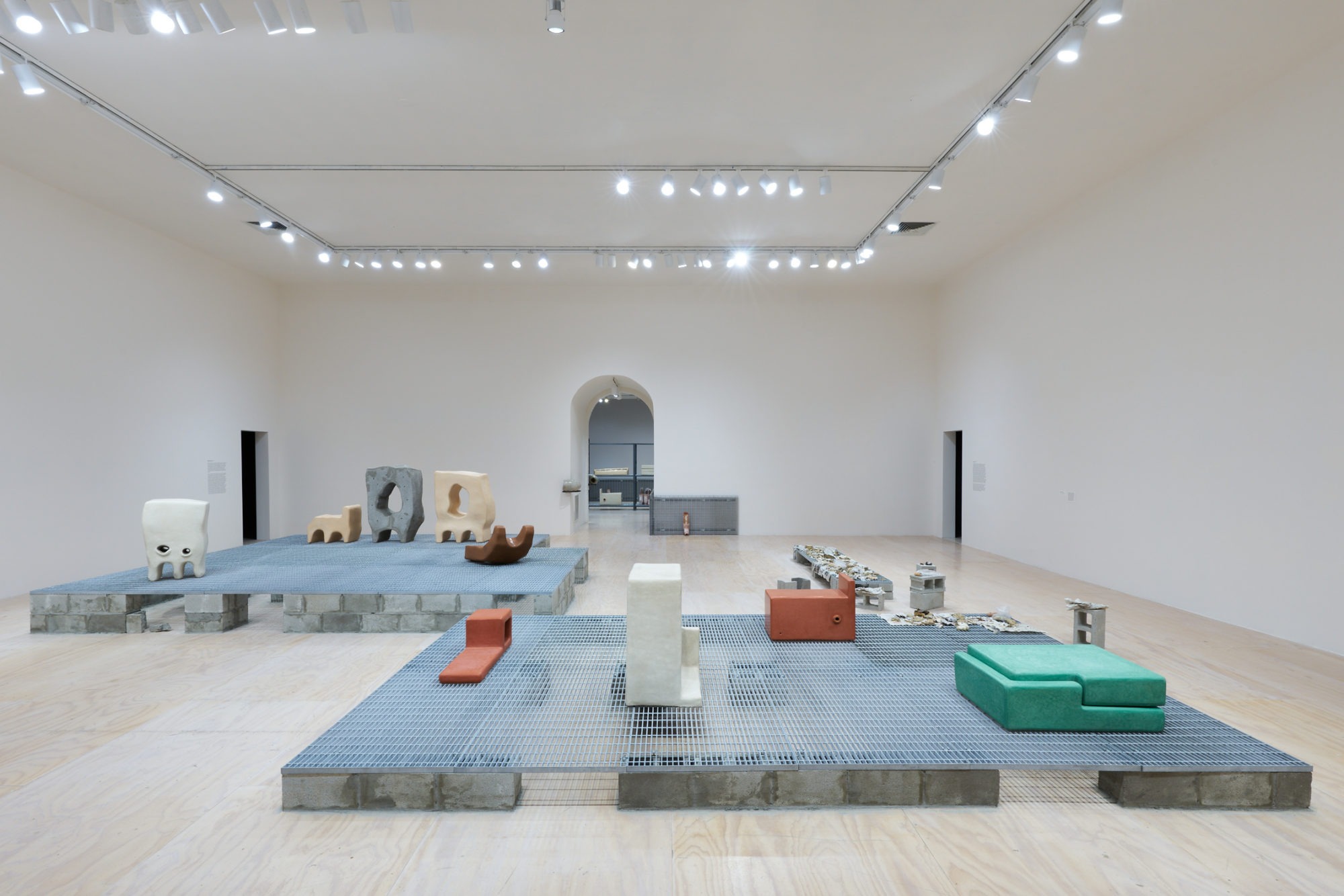
View of exhibition Jumana Manna: Break, Take, Erase, Tally on view at MoMA PS1 from September 2022 to April 17, 2023. Image courtesy MoMA PS1. Photo: Steven Paneccasio
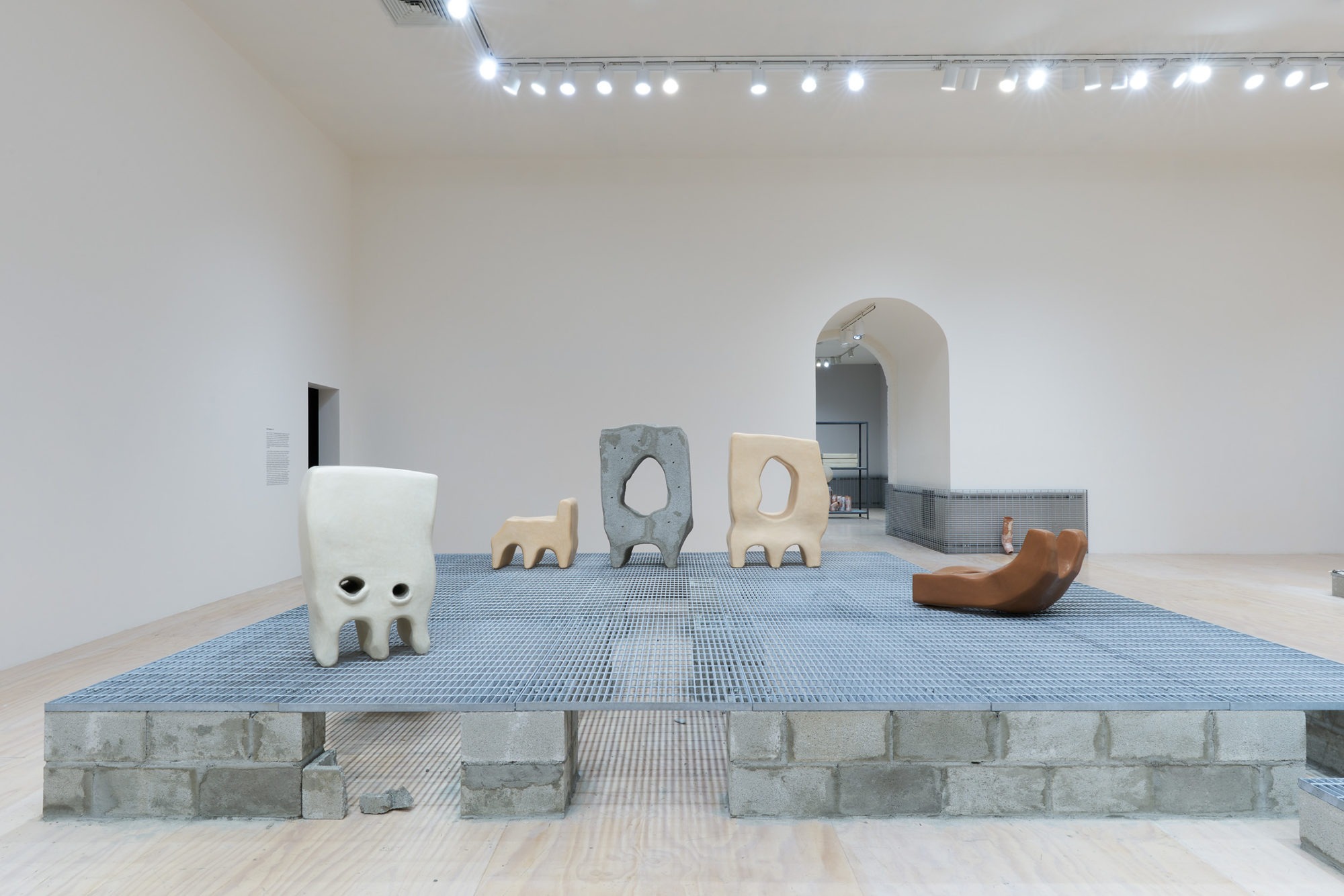
View of exhibition Jumana Manna: Break, Take, Erase, Tally on view at MoMA PS1 from September 2022 to April 17, 2023. Image courtesy MoMA PS1. Photo: Steven Paneccasio
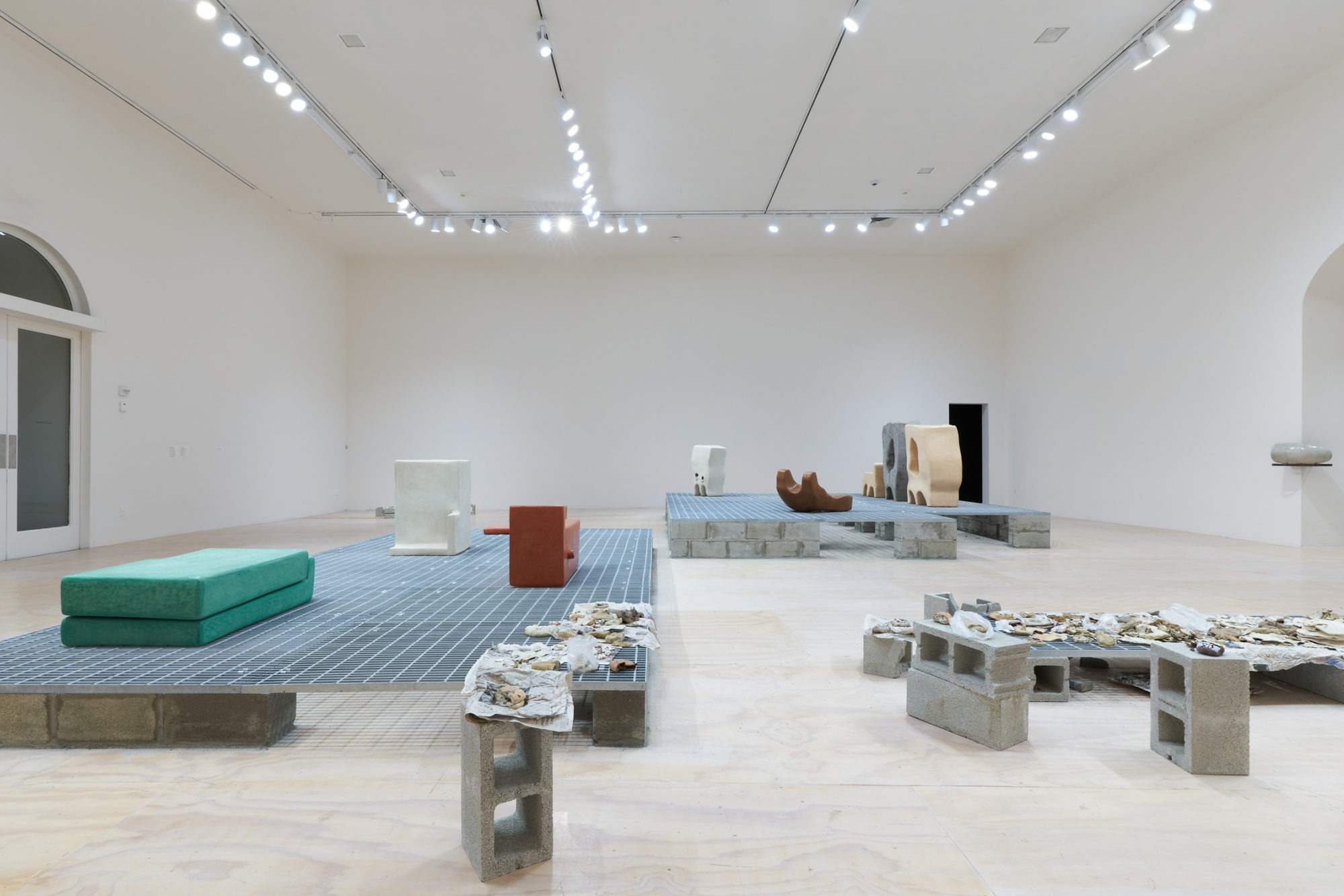
View of exhibition Jumana Manna: Break, Take, Erase, Tally on view at MoMA PS1 from September 2022 to April 17, 2023. Image courtesy MoMA PS1. Photo: Steven Paneccasio

View of exhibition Jumana Manna: Break, Take, Erase, Tally on view at MoMA PS1 from September 2022 to April 17, 2023. Image courtesy MoMA PS1. Photo: Steven Paneccasio

View of exhibition Jumana Manna: Break, Take, Erase, Tally on view at MoMA PS1 from September 2022 to April 17, 2023. Image courtesy MoMA PS1. Photo: Steven Paneccasio
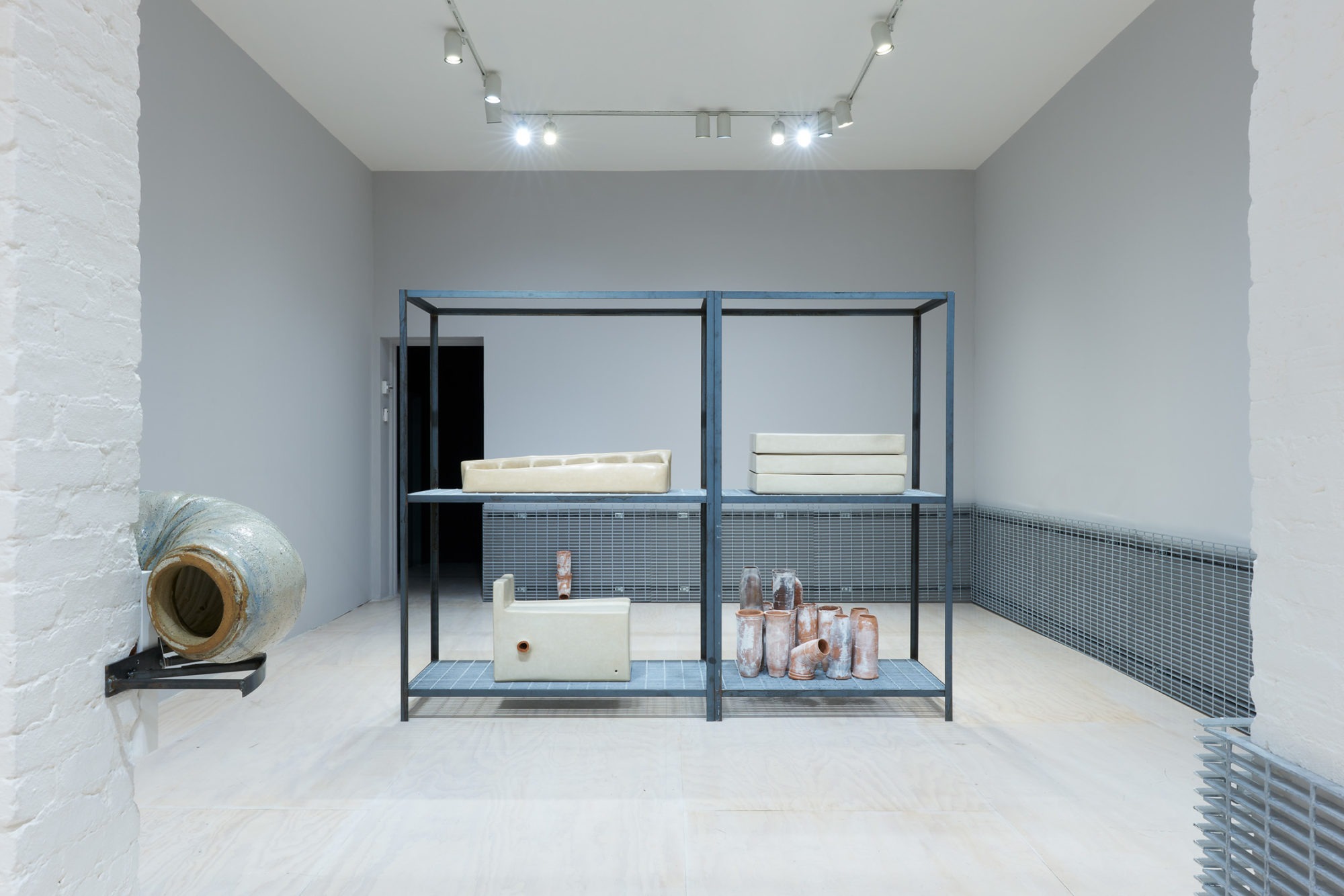
View of exhibition Jumana Manna: Break, Take, Erase, Tally on view at MoMA PS1 from September 2022 to April 17, 2023. Image courtesy MoMA PS1. Photo: Steven Paneccasio
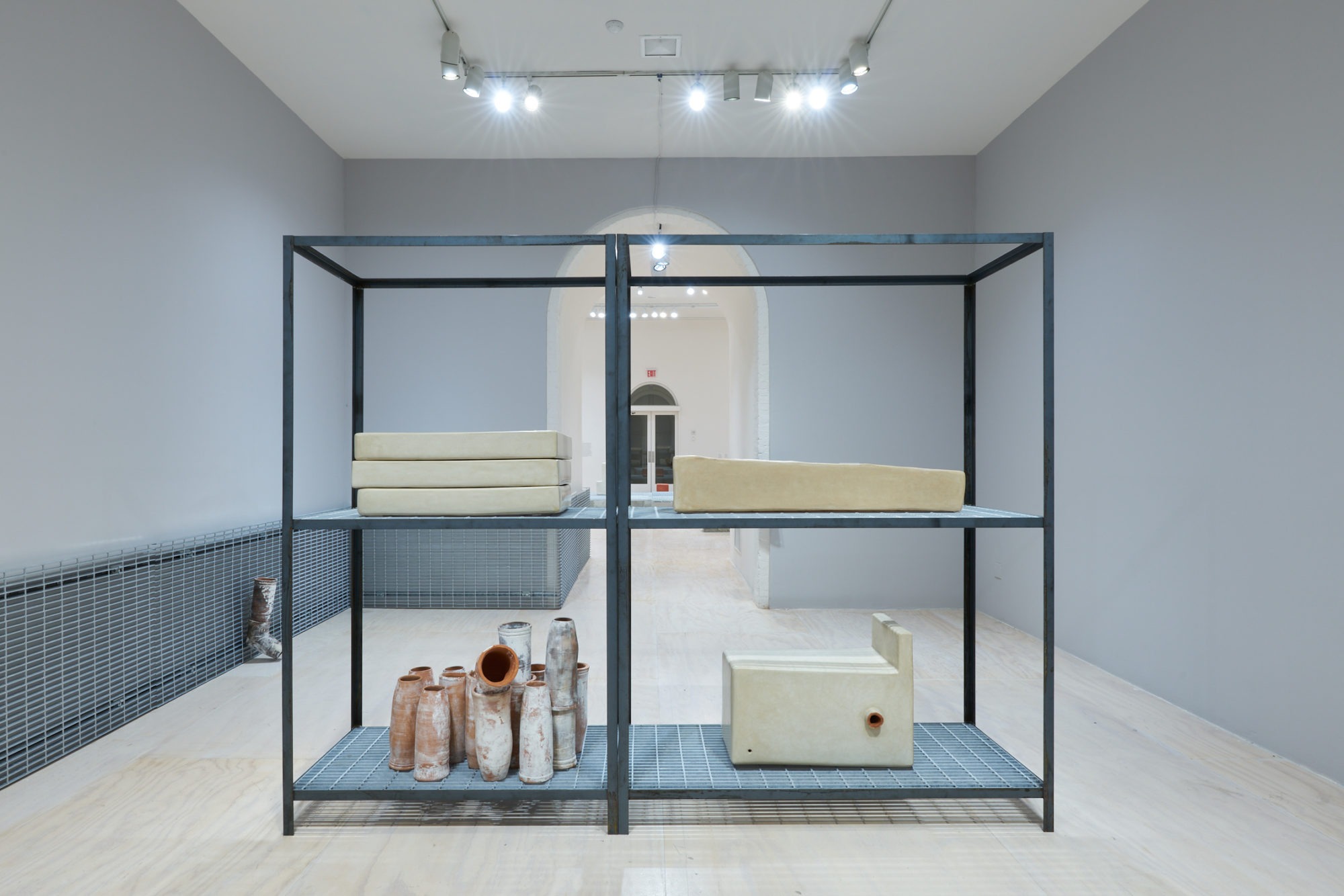
View of exhibition Jumana Manna: Break, Take, Erase, Tally on view at MoMA PS1 from September 2022 to April 17, 2023. Image courtesy MoMA PS1. Photo: Steven Paneccasio
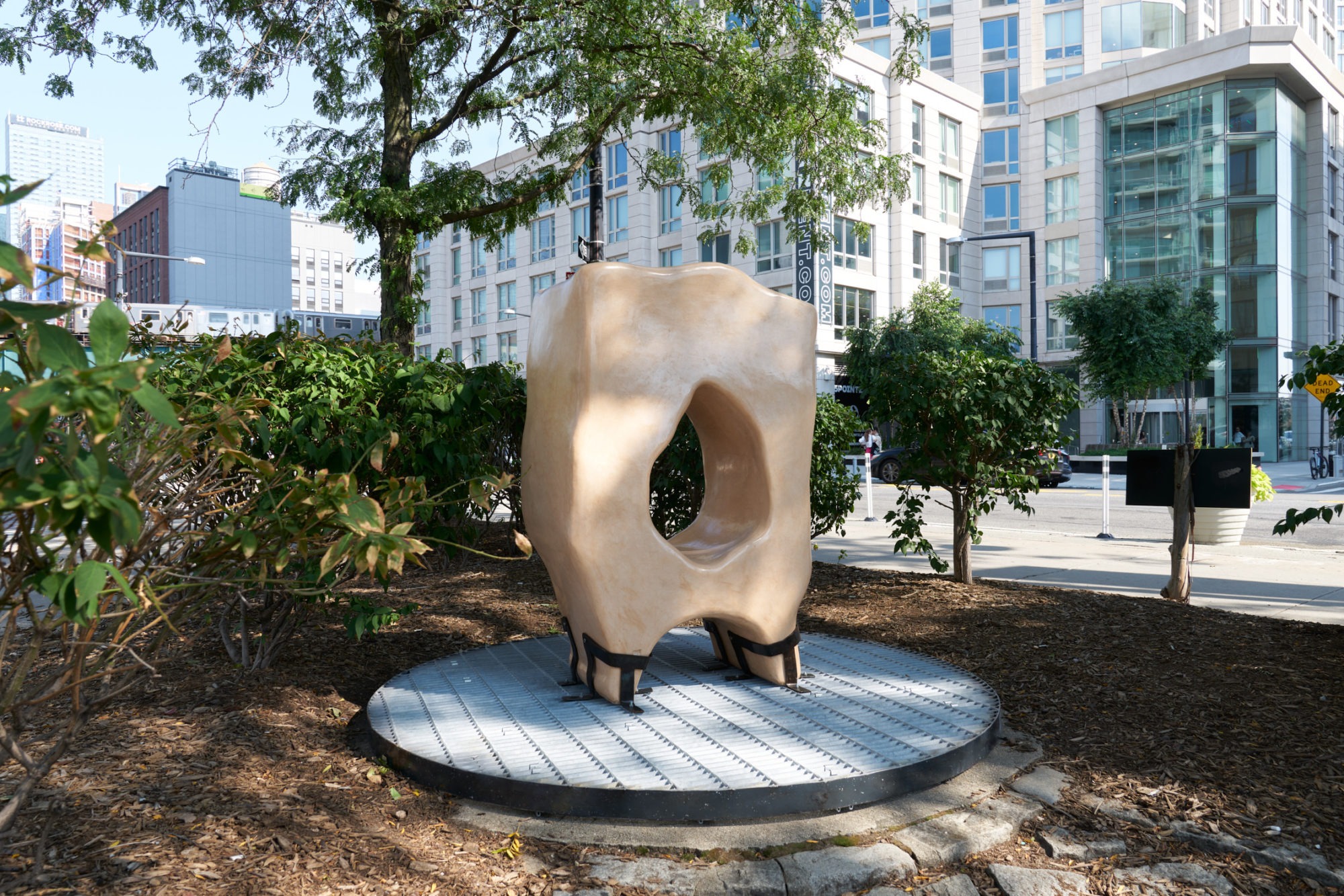
Jumana Manna Middle Ghost (2022), presented in the MoMA PS1 public plaza in collaboration with NYC Parks Art in the Parks program. On view as part of Jumana Manna: Break, Take, Erase, Tally on view at MoMA PS1 from September 22, 2022 to April 17, 2023. Image courtesy MoMA PS1. Photo: Steven Paneccasio

View of exhibition Jumana Manna: Break, Take, Erase, Tally on view at MoMA PS1 from September 2022 to April 17, 2023. Image courtesy MoMA PS1. Photo: Steven Paneccasio
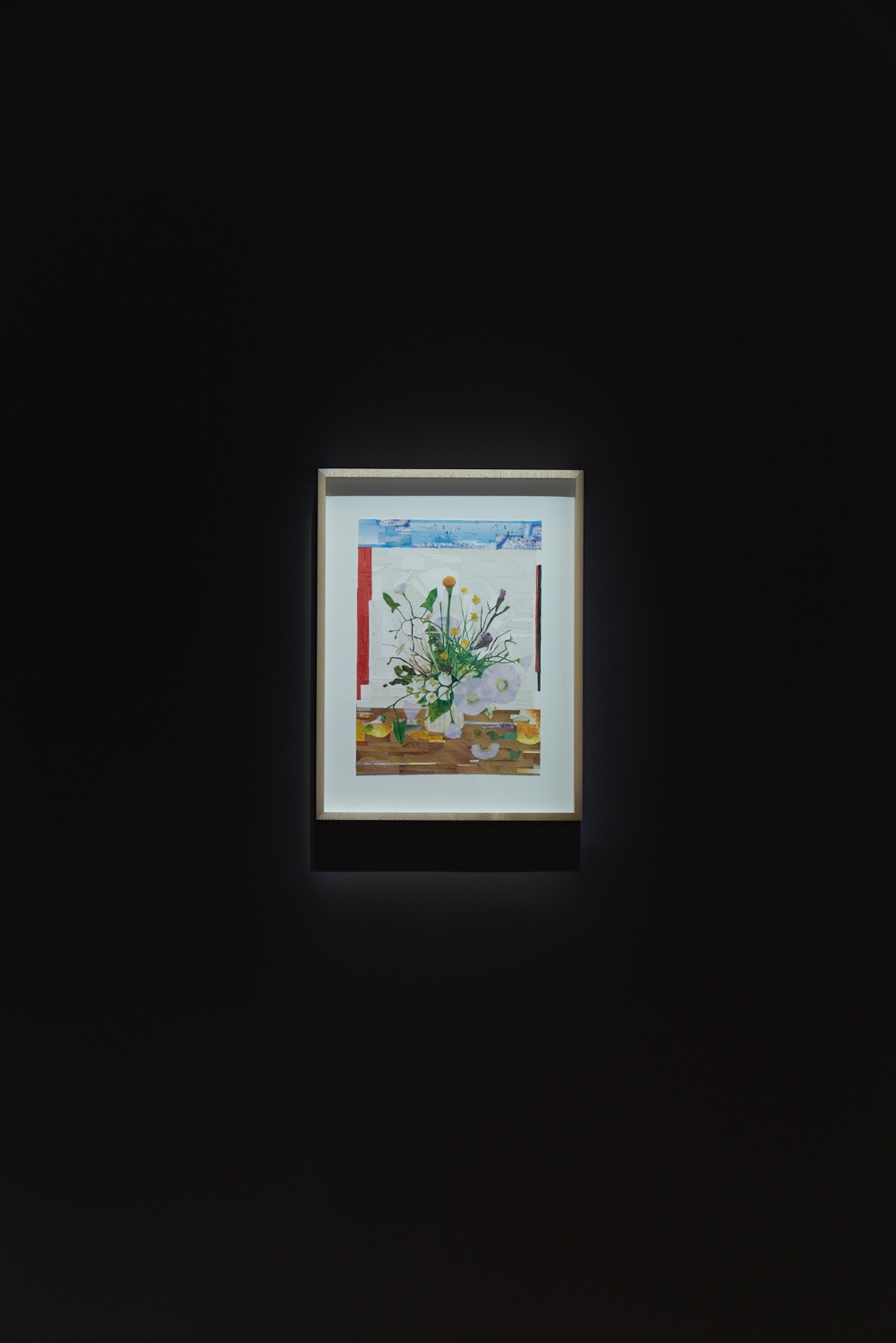
View of exhibition Jumana Manna: Break, Take, Erase, Tally on view at MoMA PS1 from September 2022 to April 17, 2023. Image courtesy MoMA PS1. Photo: Steven Paneccasio
MoMA PS1 presents the first major museum exhibition of Jumana Manna (Palestinian, b. 1987) in the United States. On view from September 22, 2022 to April 17, 2023, Break, Take, Erase, Tally brings together nearly 20 works including two recent films, Wild Relatives (2018) and Foragers (2022), along with a series of new and existing sculptures, charting the artist’s multidisciplinary practice that explores the paradoxical effects of preservation practices in agriculture, science, and the law. Across the works in the exhibition, from sculptures to films, the land and its rhythms are explored as the basis for ways of life that have undergone duress while also resisting, evading, and transforming hegemonic power structures. In conjunction with the exhibition, a new sculpture by Manna, Middle Ghost (2022) is on view in the public plaza at PS1’s main entrance, extending the exhibition into the cityscape. Part of the artist’s Cache series, this installation is presented in collaboration with NYC Parks’ Art in the Parks program and marks the first public artwork organized by PS1 in this new public plaza.
Focusing on the land in the face of increasing forms of alienation from it, Manna’s films use a range of narrative methods to examine how land-based practices like farming and foraging are embroiled in and struggle against neoliberal and colonial policies and in turn, climate change. Drawing from specific examples, such as the first withdrawal from the Svalbard Global Seed Vault in 2015 in response to the Syrian war—the subject of her film Wild Relatives—Manna underscores the scientific limitations in recovering the loss of biological life, in all of its forms. Additionally, her work visualizes the slow violence of industrial agriculture while asking poignant questions about what kind of future is possible in a precarious present.
In her new film Foragers, which makes its New York premiere in the exhibition, Manna moves between documentary and fiction to chronicle confrontations between Palestinian pickers of the wild growing herbs ‘akkoub and za’atar and the Israeli Nature Protection Authority, which has deemed the plants endangered. The foragers’ refusal and the punishments they face, from large fines and potential jail time, at times takes on an absurdist and comical tone that raises key questions around the politics of extinction—namely who determines what gets to live on and how. In both of Manna’s films, plants and seeds are primary subjects, and the relationship between human labor and the land is essential to their narrative structures.
A centerpiece of the exhibition is a large-scale installation of new sculptures from the artist’s Cache series, which take inspiration from the fragmented remains of khabyas–meaning “the thing that hides” in Arabic–traditional and now obsolete structures for grain storage in the Levant. The sculptures are placed in dialogue with the artist’s signature industrial plinth assemblages, which borrow materials found in the urban environment—from construction sites to drainage systems. Through these juxtapositions, Manna considers the shift of systems of storage from sources of sustenance and regeneration tied to agricultural life cycles to spaces of accumulation and centralized economies of capital growth. These formal amalgamations of architecture speak to Manna’s ongoing sculptural inquiries into improvised infrastructures in places where infrastructure is built to fail, as well as questions of recursion, materiality, and scale.
Jumana Manna: Break, Take, Erase, Tally is organized by Ruba Katrib, MoMA PS1 Curator and Director of Curatorial Affairs.
Focusing on the land in the face of increasing forms of alienation from it, Manna’s films use a range of narrative methods to examine how land-based practices like farming and foraging are embroiled in and struggle against neoliberal and colonial policies and in turn, climate change. Drawing from specific examples, such as the first withdrawal from the Svalbard Global Seed Vault in 2015 in response to the Syrian war—the subject of her film Wild Relatives—Manna underscores the scientific limitations in recovering the loss of biological life, in all of its forms. Additionally, her work visualizes the slow violence of industrial agriculture while asking poignant questions about what kind of future is possible in a precarious present.
In her new film Foragers, which makes its New York premiere in the exhibition, Manna moves between documentary and fiction to chronicle confrontations between Palestinian pickers of the wild growing herbs ‘akkoub and za’atar and the Israeli Nature Protection Authority, which has deemed the plants endangered. The foragers’ refusal and the punishments they face, from large fines and potential jail time, at times takes on an absurdist and comical tone that raises key questions around the politics of extinction—namely who determines what gets to live on and how. In both of Manna’s films, plants and seeds are primary subjects, and the relationship between human labor and the land is essential to their narrative structures.
A centerpiece of the exhibition is a large-scale installation of new sculptures from the artist’s Cache series, which take inspiration from the fragmented remains of khabyas–meaning “the thing that hides” in Arabic–traditional and now obsolete structures for grain storage in the Levant. The sculptures are placed in dialogue with the artist’s signature industrial plinth assemblages, which borrow materials found in the urban environment—from construction sites to drainage systems. Through these juxtapositions, Manna considers the shift of systems of storage from sources of sustenance and regeneration tied to agricultural life cycles to spaces of accumulation and centralized economies of capital growth. These formal amalgamations of architecture speak to Manna’s ongoing sculptural inquiries into improvised infrastructures in places where infrastructure is built to fail, as well as questions of recursion, materiality, and scale.
Jumana Manna: Break, Take, Erase, Tally is organized by Ruba Katrib, MoMA PS1 Curator and Director of Curatorial Affairs.
